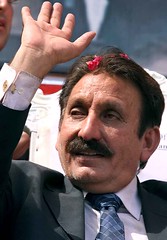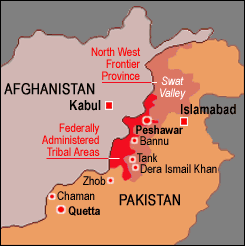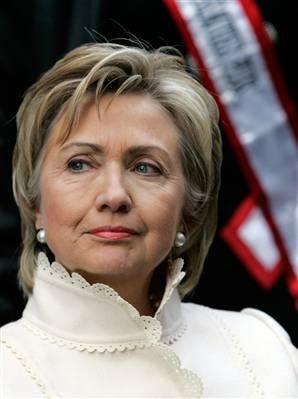Hillary Rodham Clinton finds herself today in a unique position to affect political and social change for the status of women worldwide. Yet, while she leads, there are a number of lessons she and her American counterparts may take from many countries that are leagues ahead of the United States when it comes to gender parity.
In celebration of International Women’s Day last week, the World Policy Institute, together with the Women’s Leadership Initiative at Demos and the American-Scandinavian Foundation, hosted a panel to consider these questions at the Scandinavia House in midtown Manhattan. The discussion focused on women in leadership roles around the world, as well as the specific ways in which Clinton represents the complex issues that face women in American politics.
The panel consisted of four distinguished women, three of whom exemplified leadership roles women have held in countries outside the United States: Ambassador Kirsti Lintonen, Permanent Mission of Finland to the United Nations; Senator Pilar Cayetano, member of the Philippine Senate and president of the Inter-Parliamentary Union Coordinating Committee of Women Parliamentarians; Professor Rounaq Jahan, senior research scholar at Columbia School of International and Public Affairs and former Bangladeshi representative to the UN; and Dr. Blanche Wiesen Cook, bestselling biographer of Eleanor Roosevelt, and distinguished professor of history and women’s studies at the CUNY Graduate Center.
The event’s moderator, World Policy Institute senior fellow and New York Times science writer Claudia Dreifus, opened the panel by calling attention to the complex political career path that has brought Hillary Rodham Clinton from community activist to first lady to presidential candidate, and now to President Obama’s cabinet as secretary of state.
Yet, as Dreifus pointed out, the United States lags far behind the rest of the world in having women leaders in our political system. Indeed, while Mrs. Clinton’s candidacy for president was the first serious bid of its kind, other countries around the world have had women active at the highest level of politics for almost 100 years—Finland, for instance, has allowed women to vote and run for political office since 1906, the first country to do so; and in all Nordic countries combined, there are currently 40 female cabinet ministers, one female president, one female prime minister, and one queen (though not, of course, elected).










